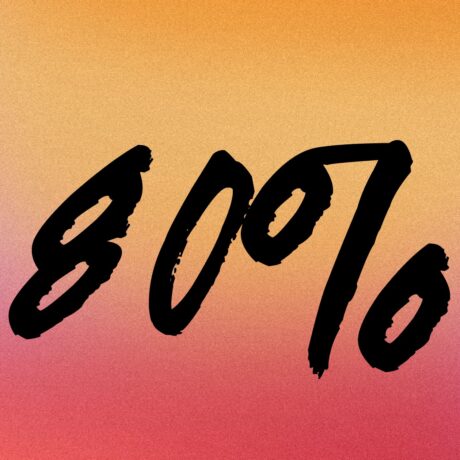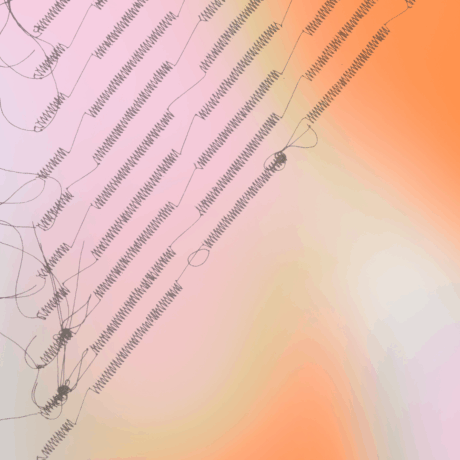FASHION REVOLUTION
Vietnam
Welcome to Fashion Revolution Vietnam!
Vietnam is a hub of creativity, innovation, skills, tradition and local trade. A growing number of designers are producing environmentally-friendly garments, paying their workers fairly and creating dignified working conditions. Many work in close relationships with ethnic minority tribes, thus supporting ancestral savoir-faire in fabric making, dyeing and weaving.
As fast fashion and consumerism continues to grow, we encourage people to love the clothes they already own and to ask the question: who made my clothes?
We work to support and celebrate local tailors, menders, cobblers, designers and sustainable fashion businesses.
Follow the movement…
More about the the fashion industry in Vietnam:
The textile and garment sector of Vietnam is one of the country’s largest industries and a key contributor to its economic growth. According to the Vietnam National Textile and Garment Group (VINATEX) in 2014 Vietnam’s textile and garment exports increased 18% year over year to total approximately US $20 billion, accounting for 15% of the country’s gross domestic product and 18% of its total exports.
Vietnam has fast become a major player in the global textile industry, predominantly within the outdoor, sports and footwear sector. With a workforce of more than 2 million in the textiles industry, and more than 6,000 garment and apparel firms, textiles was Vietnam’s largest export sector in 2017. The U.S is the biggest market for garment from Vietnam while Japan and the EU come second and third respectively.
Though the US remains Vietnam’s largest export market, China is forecast to become Vietnam’s largest export destination by 2030. The textile and garment industry is comprised of approximately 4,000 enterprises and provides (direct and indirect) employment for more than 4.5 million people.
Working conditions in factories:
Approximately 90 percent of the workforce are union members. However, workers are not allowed to form their own unions, they usually belong to a government related institution.
According to studies following factory audits by Fair Wear Foundation (FWF), the most prominent violations of workers’ rights in garment and textile factories in Vietnam are excessive overtime work (sometimes forced or not paid at the correct rate), productivity pressure and a lack of fire safety regulations.
As more research is carried out, a growing number of incidents of gender based violence are surfacing and being reported.
Other common issues found in FWF audits show incomplete labour contracts, resignation policies that are not correctly implemented and low awareness among workers of their rights and responsibilities.
The environmental impact of fast fashion, the facts:
- After oil, the fashion industry is the second most polluting industry
- On average we wear an item of clothing just 5 times, with over $3 billion of clothing going to landfills every year
- Approximately 7,000 litres of water are needed to produce one pair of jeans (the amount of water one individual drinks in 5-6 years)
- Farmers close to garment factories can predict the colour of a season by seeing the colour of nearby rivers
- The average time it takes for materials to decompose:
cotton: 3 months; wool: 25-40 years; leather: 25-40 years; nylon: 30-40 years; rubber: 50-80 years; lycra: up to 200 years; polyester (in over ½ of our clothes): up to 200 years
We believe the time is NOW for a fashion revolution! We love fashion. But we don’t want our clothes to exploit people or destroy the planet.
Curious? Questions? Want to collaborate or join the team? We’d love to hear from you!
Send us a message or email vietnam@fashionrevolution.org
Chào mừng đến với Fashion Revolution Vietnam!
Việt Nam là một điểm đến của sự sáng tạo, đổi mới, những kĩ năng, truyền thống và giao dịch thương mại mang tính địa phương. Ngày càng có nhiều nhà thiết kế thời trang đang cho ra đời những sản phẩm vô cùng thân thiện với môi trường, cùng với mức thù lao và những điều kiện làm việc công bằng. Các nhân công được làm việc trong mối quan hệ thân thiết với các bộ tộc dân tộc thiểu số, từ đó góp phần gìn giữ những phương pháp làm, nhuộm và dệt truyền thống.
Bên cạnh đó, cùng với sự phát triển của thời trang và chủ nghĩa tiêu thụ, chúng tôi khuyến khích người tiêu dùng hãy thật sự yêu trang phục của họ và tự hỏi rằng: Ai đã làm nên trang phục này?
Theo dõi thông tin được cập nhật trên:
Một số thông tin về ngành thời trang Việt Nam:
Ngành dệt may và may mặc Việt Nam là một trong những nhân tố đóng góp cho sự phát triển kinh tế chung. Theo VINATEX 2014, may mặc Việt Nam xuất khẩu tăng 18% qua từng năm, tương ứng 20 tỉ đô la Mỹ, chiếm 15% trong tổng sản phẩm quốc nội ( GDP) và 18% trong tổng số hàng xuất khẩu.
Việt Nam đang ngày chiếm một vai trò quan trọng trong ngành công nghiệp may mặc toàn cầu, chủ yếu là sản phẩm vận động ngoài trời, thể thao và giày dép. Với lực lượng lao động trên dưới 2 triệu, 6000 chất liệu may mặc đa dạng, ngành công nghiệp may mặc Việt Nam vươn lên vị trí xuất khẩu đầu bảng vào năm 2017. Các quốc gia nhập khẩu theo thứ tự là Mỹ, Nhật, Châu Âu. Mặc dù vậy, Trung Quốc được dự báo sẽ là điểm đến tiêu thụ đầu bảng của Việt Nam vào năm 2030. Hiện nay, ngành công nghiệp may mặc đang có chừng 4000 doanh nghiệp và cung cấp ( trực tiếp cũng như gián tiếp) việc làm cho hơn 4,5 triệu người.
Điều kiện làm việc trong các nhà máy:
Khoảng 90% lực lượng lao động còn non trẻ. Tuy nhiên, họ trực thuộc sự quản lý của các công đoàn nhà nước.
Theo công tác tìm hiểu về số liệu kiểm toán của Fair Wear Foundation, phần lớn sự vi phạm quyền lao động trong ngành may mặc là bởi thời gian làm việc quá tải ( đôi khi bị trả lương thấp), áp lực hoàn thiện sản phẩm và thiếu những quy định an toàn cháy nổ.
Từ những nghiên cứu được tiến hành, số lượng bạo lực nhân quyền (bình đẳng giới) đang được bóc trần và kiểm điểm ngày một tăng thêm. Một số vấn đề khác được FWF tìm thấy đó là sự kết thúc hợp đồng bất hợp lý, những chính sách thôi việc không được tiến hành rõ ràng và sự ý thức lỏng lẻo của nhân công trong việc nhìn nhận quyền và nghĩa vụ làm việc.
Một số ảnh hưởng môi trường của ngành công nghiệp thời trang hiện nay ( fast fashion):
- Sau dầu mỏ, công nghiệp thời trang gây ô nhiễm đứng thứ hai.
- Trung bình mỗi người mặc một trang phục 5 lần rồi vứt đi sẽ tạo nên khoảng 3 tỉ trang phục rác mỗi năm.
- Khoảng chừng 7000 lít nước được sử dụng để tạo ra một chiếc quần ( lượng nước cần thiết cho mỗi cá nhân trong khoảng 5 – 6 năm).
- Các nông trại ở gần các nhà may công nghiệp may mặc chịu ảnh hưởng về màu sắc.
- Thời gian trung bình để một nguyên liệu trong trang phục được phân rã: cotton – 3 tháng, len – 25 đến 40 năm, da – 25 đến 40 năm, nilon – 30 đến 40 năm, cao su – 50 đến 80 năm, thun lycra – đến chừng 200 năm, polyester ( chiếm hơn một nửa vật liệu may mặc) – tầm hơn 200 năm.
Chúng tôi tin rằng đây là thời điểm để kiến tạo thời trang. Chúng ta hầu như đều yêu thích thời trang, nhưng đừng để trang phục của chúng ta góp phần phá hủy đi hành tinh này.
Nếu bạn có thắc mắc hay câu hỏi nào liên quan, hay muốn có nhu cầu tham gia vào đội ngũ làm việc của Fashion revolution Vietnam, vui lòng liên hệ qua email: vietnam@fashionrevolution.org
80% Exhibition: The Women Who Make Our Clothes | Nữ công nhân may mặc

Triển lãm 80%: Nữ công nhân may mặc
Nhấp để xem triển lãm 80% bằng tiếng Việt
80% Exhibition: The Women Who Make Our Clothes
Click here for 80% exhibition in EnglishSUPPORT US
Fashion Revolution is only nine years old and already the world’s largest fashion activism movement.
We will continue to push for greater transparency through investigative research,
inspiring informative content and creative events, but we need your help.
















